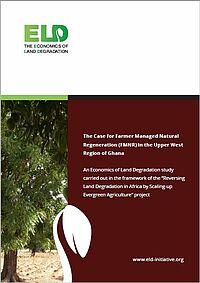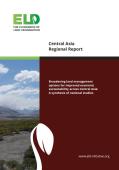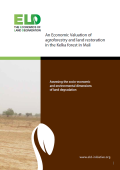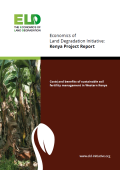
Traditional measures such as gross domestic product (GDP), while useful, have been inadequate alone, and more effort is needed to assess natural capital and ecosystem services changes, as these have traditionally been under-or unaccounted for in policy making. Rwanda has suffered significant damage to its environment and ecosystem services over the last few decades, and has begun the process of using policy to reverse this trend.
This study utilizes an innovative integrated economic and environmental model (IEEM) coupled with land use land cover (LULC), and ecosystem service models (IEEM+ESM) to understand how various policy interventions could affect economic, poverty amelioration and environmental outcomes in Rwanda.
Given the critical role that natural capital and ecosystem services play in maintaining biodiversity, enabling green growth, and achieving the SDGs, the Green Growth Knowledge Partnership (GGKP) and the Economics of Land Degradation (ELD) Initiative joined forces. Together with institutions and local experts new methods for achieving the SDGs through terrestrial natural capital restoration were developed and applied. Country studies in India, Kyrgyzstan and Rwanda demonstrate how restoring terrestrial natural capital can create co-benefits in social and human capital that go hand in hand to achieve several SDG targets.




